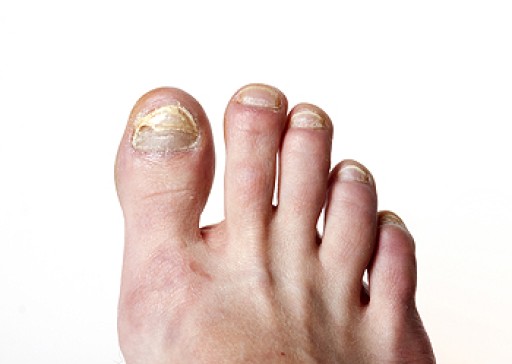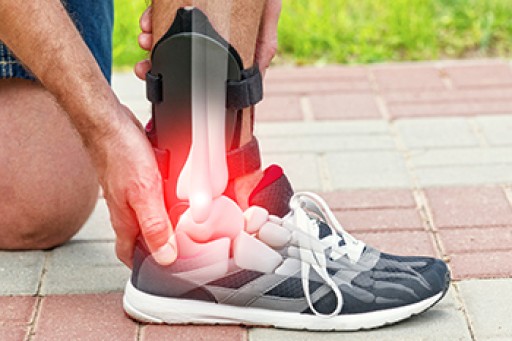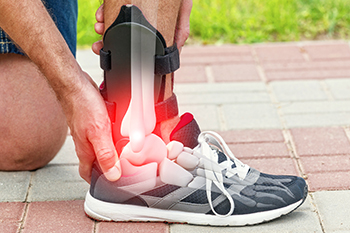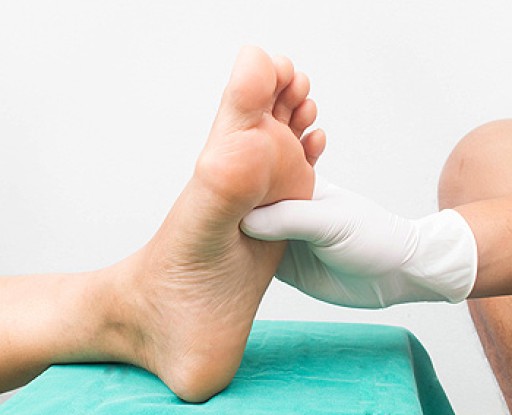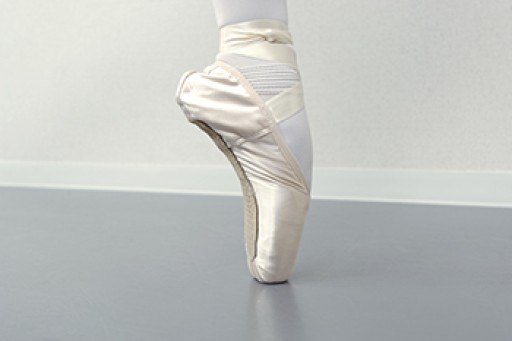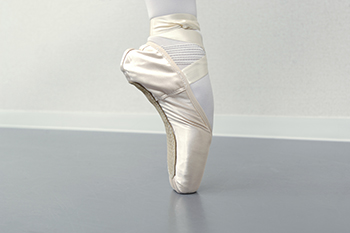
Onychomycosis is the medical term for the common foot condition that is known as toenail fungus. It can be an unsightly ailment and causes the toenails to become yellow and thick. In severe cases, they may become brittle and eventually separate from the nail bed and fall off. It can be caused by various reasons, which may include existing medical conditions. These can consist of diabetes, poor circulation, or a weakened immune system. Additionally, the fungus that causes this condition can live in moist environments such as public swimming pools, shower room floors, and similar areas. It is beneficial to wear appropriate shoes while going to these types of places, which may help you to avoid getting toenail fungus. One of the first signs of this condition can be a small white spot that appears on the nail of the big toe. Research has shown that treatment may be more successful when started promptly. If you have developed toenail fungus, it is suggested that you confer with a podiatrist who can discuss the correct treatment options with you.
If left untreated, toenail fungus may spread to other toenails, skin, or even fingernails. If you suspect you have toenail fungus it is important to seek treatment right away. For more information about treatment, contact one of our podiatrists of Biebel & DeCotiis Podiatry Associates. Our doctors can provide the care you need to keep you pain-free and on your feet.
Symptoms
- Warped or oddly shaped nails
- Yellowish nails
- Loose/separated nail
- Buildup of bits and pieces of nail fragments under the nail
- Brittle, broken, thickened nail
Treatment
If self-care strategies and over-the-counter medications does not help your fungus, your podiatrist may give you a prescription drug instead. Even if you find relief from your toenail fungus symptoms, you may experience a repeat infection in the future.
Prevention
In order to prevent getting toenail fungus in the future, you should always make sure to wash your feet with soap and water. After washing, it is important to dry your feet thoroughly especially in between the toes. When trimming your toenails, be sure to trim straight across instead of in a rounded shape. It is crucial not to cover up discolored nails with nail polish because that will prevent your nail from being able to “breathe”.
In some cases, surgical procedure may be needed to remove the toenail fungus. Consult with your podiatrist about the best treatment options for your case of toenail fungus.
If you have any questions, please feel free to contact one of our offices located in Holmdel and Middletown, NJ . We offer the newest diagnostic and treatment technologies for all your foot care needs.
